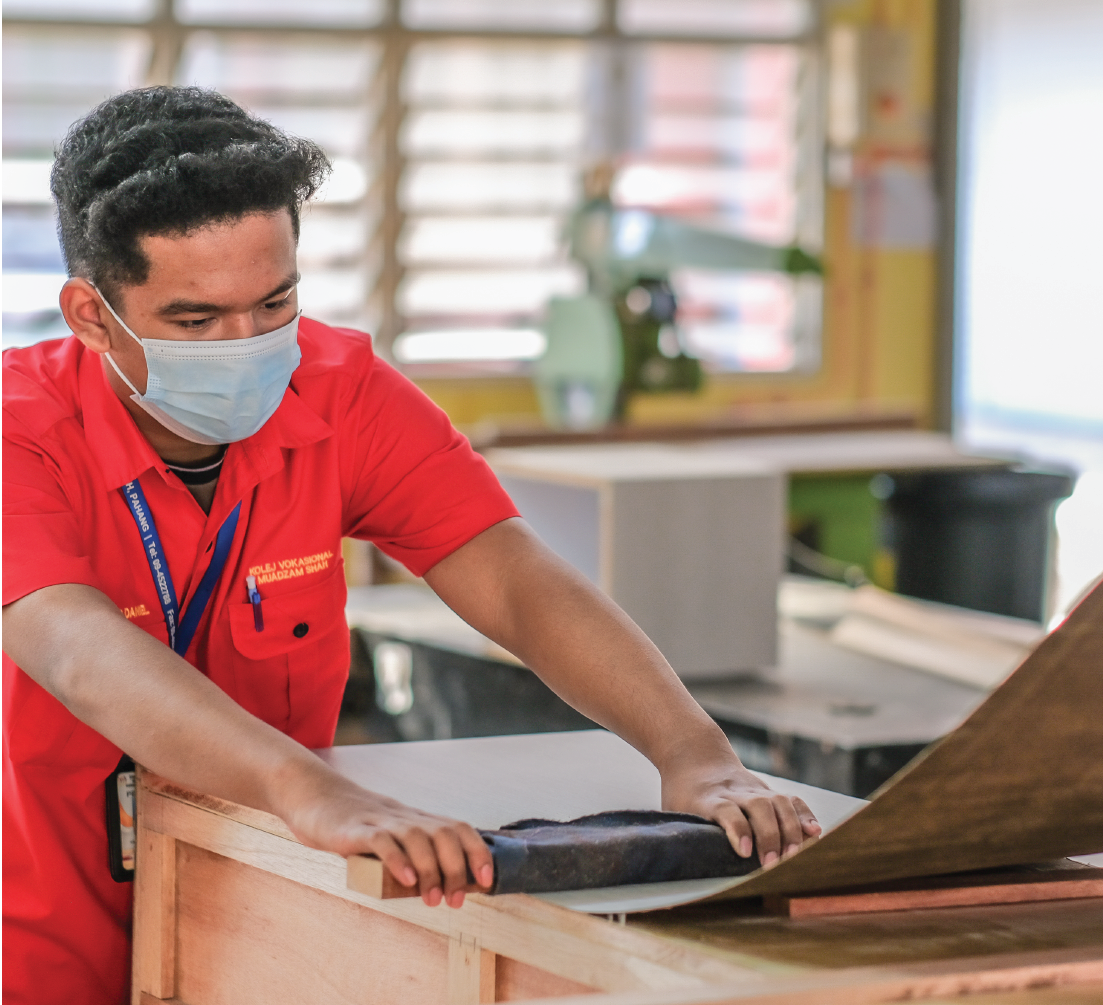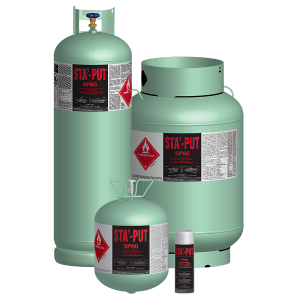
Types of MMD Equipment (Part 1)
In our last blog, we defined MMD equipment and the main reasons for using it. Today, we will begin explaining different types of MMD equipment, and which one is best for your project. This will be a two-part series, so stay on the lookout for part 2 later this week!
As mentioned previously, there are 5 types of MMD equipment. They are:
- Rod Meter or Piston Meter
- Progressive Cavity Meter
- Double Acting Piston Pump or Proportioner
- Gear Meter
- Gerotor
Today, we are going to break down the first two types of MMD equipment: rod or piston meters and progressive cavity meters. There are a few key differentiating factors between these types of equipment that can make all the difference in helping a project run smoothly.
Rod Meter or Piston Meter
In a rod or piston meter system, adhesive is pumped into the pressure tube when the piston or rod is in the retracted position. The piston or rod is then pushed into the pressure tube, which displaces the adhesive. Then, pressure vessels can be used to supply pre-selected ratios.
For either a piston meter or rod meter, the piston or rod travels at the same time. Equipment with two identical pistons or rods will displace equivalent volume from each meter on each stroke. For different volumetric mix ratios other than 1:1, decreasing the diameter of one of the pistons or rods will allow for varying ratios (2:1, 4:1, etc.).
Of course, in a rod or piston meter system, the pressure tube must refill after each shot, rather than allowing a continuous stream of adhesive to flow from the pressure tube.
It should also be noted that when using adhesives containing glass beads or adhesives with a very high viscosity, a rod meter system is typically the best choice. Very thick adhesives or adhesives with glass beads can degrade the pressure seals in a piston meter, while rod meters are a very basic system designed to withstand higher internal pressure from high-viscosity adhesives.
Progressive Cavity Meters
Progressive cavity meters work by pumping adhesive down the pressure tube via a rotating screw within the pressure cylinder wall, much like the motion of the Archimedes Screw. Like the rod or piston meter, two identical progressive cavity pumps will displace equivalent volume from each meter; however, changing the ratio from 1:1 is achieved by changing the rate at which one of the screws turns, rather than changing the diameter of the screw.
Unlike rod or piston meters, progressive cavity meters can provide continuous flow from the pressure tube without refilling the pump, allowing for longer work times between refills. Progressive cavity meters are ideal for heavily filled materials such as silver-filled epoxies, since the smooth motion of the screw eliminates the possibility of clogging due to pressure within the cylinder wall. Thicker or heavier materials require a longer rotating screw.
Next time, we will discuss the remaining three types of MMD equipment and their uses in the industrial adhesive world. If you have questions about MMD equipment and don’t know where to start, our representatives are here to help. Please do not hesitate to reach out! Call us, toll-free, at 1-800-220-1966 or send us an email at [email protected]. We look forward to hearing from you!


